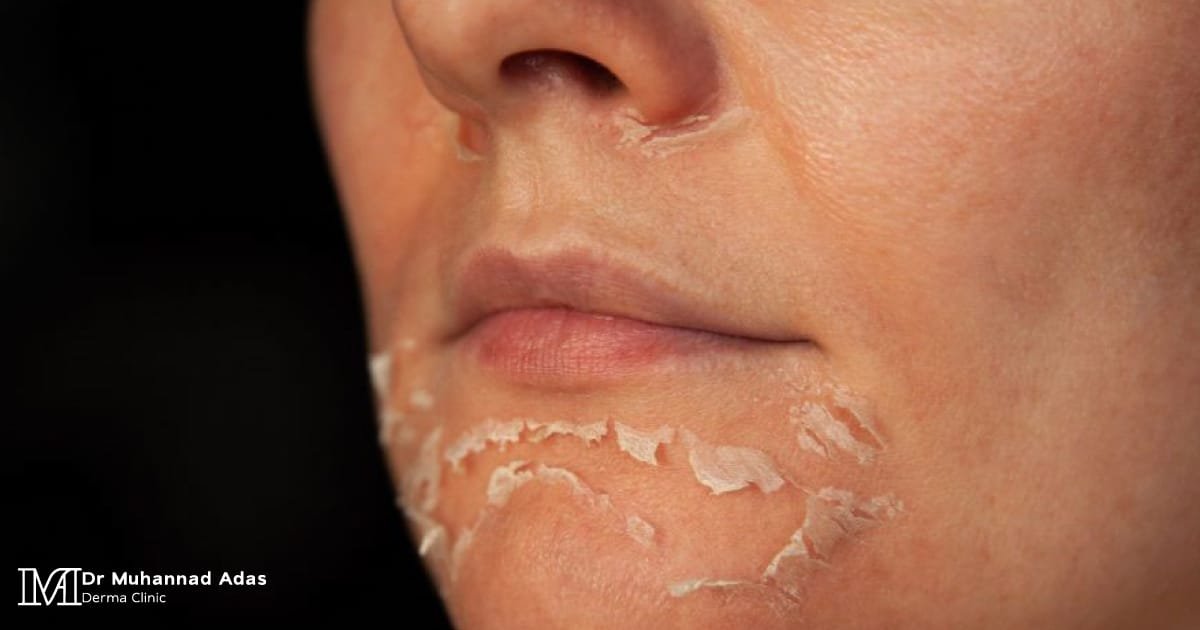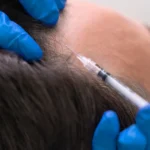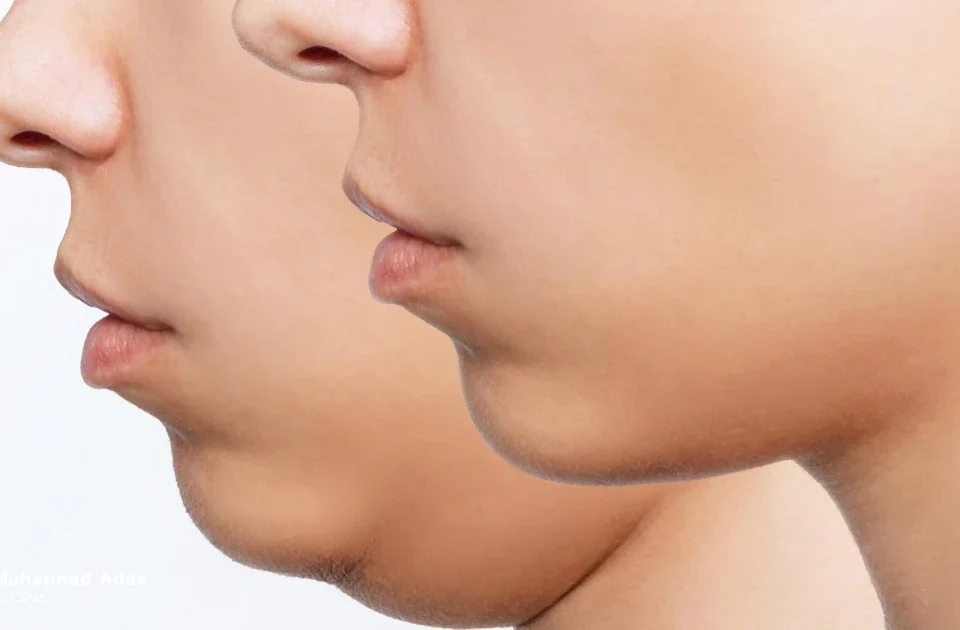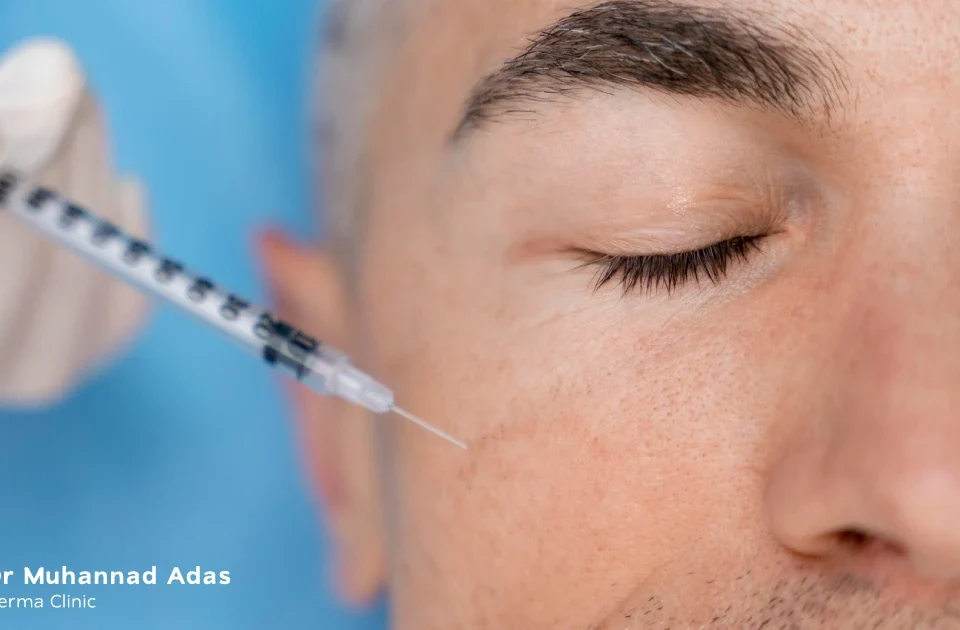Table of Contents
When facing a problem, you often study and try various solutions to find the most suitable and comfortable one for you. Similarly, when dealing with skin issues, you might turn to different moisturizers or remedies you come across while browsing social media or consult friends who have experienced the same problem.
However, it may not occur to you to consider comprehensive & safe options that address the issue at its root. Instead of waiting long periods for results or trying numerous procedures that may not be effective, such as those offered in medical clinics, you can try an effective and suitable procedure for various conditions: chemical peeling. This procedure is recognized for its effectiveness in treating a wide range of skin problems, from the simplest to the most complex.
So, does it deserve this status? Is it an effective solution? Let’s explore chemical peeling together.
Chemical Peeling
Chemical peeling, known as Chemexfoliation, is a non-surgical cosmetic procedure that improves the overall appearance of the skin by using chemical solutions & acids, such as fruit acids like glycolic acid, salicylic acid, or trichloroacetic acid. These acids help remove dead outer skin layers and promote the growth of new skin cells.
Chemical peels treat various skin issues, including fine lines, wrinkles, scars, dark spots, acne, and even freckles. After consulting with a doctor regarding your skin condition, they will select the most suitable type of chemical peel based on your skin type and the depth of the problem you are facing. The procedure can be performed in more than one session, depending on the type of chemical peel used.
It is important to note that some complications may occur after a chemical peel, with peeling being the most common. However, there is no need for concern as this is considered a part of the healing process. Patients often feel their skin appear fresher and more youthful after the procedure. To achieve these results and minimize the severity of complications, it is essential to follow the dermatologist’s or specialist’s instructions.
5 Signs that You Need Chemical Peeling Sessions
Are you wondering whether it’s time to consider chemical peeling sessions? Here are five signs that indicate you may need them:
- The appearance of fine lines and wrinkles on your skin.
- You have developed scars due to various skin inflammations or acne.
- Your skin feels tired, rough, and not smooth.
- You are experiencing freckles on your skin.
- Pigmentation has appeared on your skin.
Types of Chemical Peels
The types of chemical peels vary based on the concentrations of their solutions, the purpose of the procedure as well as the depth of the skin issues. It is essential to consult a qualified specialist to choose the most suitable type of chemical peel for you. Some types include:
Superficial (Light) Chemical Peeling
Light-grade solutions containing fruit acids, such as glycolic acid or salicylic acid, are applied to the skin, resulting in the removal of the outer layer of skin. This type is effective in treating fine lines and light pigmentation on the skin, as well as mild acne, helping to even out skin tone and alleviate dryness.
Superficial chemical peels can be performed every two to five weeks to achieve better results and provide the skin with as much comfort as possible.
Moderate Chemical Peeling
Medium chemical peeling is used to reach deeper layers of the skin than superficial peeling, as it works to remove the deeper layers of skin, particularly the dermis (the middle layer). Higher concentrations of acids are applied during this procedure such as glycolic acid. This type effectively addresses more profound skin issues, including wrinkles, pigmentation, and acne.
Depending on your skin condition and the recommendations of your dermatologist or specialist, you may need to repeat the procedure to achieve the desired results or maintain them for as long as possible.
Deep Chemical Peeling
This type of chemical peeling involves the use of strong solutions such as trichloroacetic acid, which is used to remove the deep layers of skin. It effectively treats deep wrinkles that have formed on the skin, scars, and deep pigmentation issues. Some doctors may also recommend it for treating potentially cancerous cells. Additionally, you will not need to repeat this procedure to achieve better results, as it works at a significant depth within the skin.
Micro-Needling Peeling
This type of chemical peeling involves injecting chemical peeling solutions directly into the deep layers of the skin using very fine needles, thereby enhancing the cellular renewal process of the skin cells. This method effectively treats deep wrinkles, scars, and skin pigmentation issues.
Phenol Peeling
Phenol solution, known as one of the strongest types of chemical peeling, is used to remove deep layers of skin, reaching the lower half of the middle layer (the dermis). It is designed for deep treatment of various skin problems.
Phenol can have a significant impact on the skin, potentially leading to numerous complications; therefore, some doctors may recommend performing chemical peeling on only one area of the skin at a time, with intervals ranging from 15 to 20 minutes.
Phenol peeling is particularly effective in treating deep wrinkles, scars, and sagging skin. It is typically applied as a one-time procedure under anesthesia and is recommended for individuals with very fair skin.
Some types of chemical peels may require a recovery period after the procedure, and the duration for results to appear can vary between different types. It is essential to consult a dermatologist regarding this, as some substances may be harsh on the skin and require specific measures before and after the session.
Read also: DermaPen: 7 Facts That Make It Different from Other Procedures.

What are the Disadvantages of Chemical Peeling?
Chemical peeling can cause damage to the skin, leading to some complications that may last for a week to two weeks due to the relatively heavy acids used in the procedure. However, these complications can be minimized by consulting with a doctor and following their instructions:
- Skin irritation and redness, especially in the first 48 hours after treatment.
- Temporary swelling and puffiness on the skin, which is considered a normal reaction.
- Peeling of the skin, which may vary in areas of appearance, resulting in dark spots in one area and lighter spots in another.
- Allergic reactions due to the chemical ingredients used.
- Itching of the skin.
- Pigmentation changes on the skin, especially if the procedure is not performed correctly or if the dermatologist’s instructions are not followed.
- Some conditions may worsen the skin’s state, potentially leading to allergies, inflammation, or acne.
- Scarring, if the treatment is applied improperly or if wounds don’t heal correctly.
Instructions Post Chemical Peeling
To achieve better results for your skin and reduce complications from chemical peeling, it is essential to follow these instructions:
- Wash your face with cold water to soothe skin irritation.
- Moisturize your skin with a light or medium moisturizer; petroleum jelly (vaseline) can also be used, as the skin is at its weakest after peeling until it rejuvenates.
- Drink plenty of water to keep your skin more flexible.
- Avoid direct sun exposure and ensure you apply sunscreen with an SPF of 30 or higher.
- Avoid hot baths, saunas, and swimming, as these can increase skin irritation and symptoms like itching and redness.
- Allow the peeling process to take its course and avoid excessive peeling to prevent stronger complications.
- Resume your skincare routine and daily activities once your skin has returned to normal.

When Does the Effect of Chemical Peeling for the Face Start?
A dermatologist or specialist often recommends multiple sessions of chemical peeling, especially if the condition requires it. You may experience some redness or burning sensations immediately after the session, lasting approximately 48 hours. The results will become more apparent, particularly after the second chemical peeling session, and the full effects will be visible 2 to 4 months after treatment.
How Long Do Chemical Peeling Results Last?
Some people believe that the results of chemical peeling are permanent, but they are not. Several factors can influence how long the results last, such as aging, the appearance of pigmentation due to excessive sun exposure, and a lack of proper skincare and a beneficial routine for skin health.
Read also: Mesotherapy for the face: The best non-surgical cosmetic technique.
When discussing comprehensive skin solutions, the technique of chemical peeling undoubtedly comes to mind, as it effectively addresses both minor and deep issues after the appropriate type of chemical peel has been selected by a qualified dermatologist. It is crucial to consult with a specialist about your condition before making any decisions.
Have you faced issues with acne, bothersome scars, or pigmentation? Are fine lines and wrinkles troubling your skin? Contact us now at the clinic for the best and most comfortable services at Dr. Mohannad Adas’s dermatology clinic by calling: (+962) 799377600.
Did you enjoy this article? Visit our website to explore more about the latest updates in the beauty world and the most effective techniques for treating various skin problems: dradas.com






